The herbarium specimens below are of two species of mulberry trees growing here. According to Sally Weeks, dendrologist at Purdue University, red mulberry (Morus ruba L.) is native to North American and white mulberry (Morus alba L.) is an invasive from Asia brought over in the 1600’s to start a silk industry here, which as history has shown, failed.
I’m interested in these trees because M. alba is used in Traditional Chinese Medicine as the preferred species. I didn’t realize we had M. alba until a few years ago and I’m still learning about identification and uses of them. In addition to identification differences, like the elm trees (Ulmus spp.) here, the mulberry trees (Morus spp.) have hybridized.
Unlike the name implies, M. alba can have white, red or purple berries (multiple accessory fruit ) I recently learned to tell them apart by their leaves. White mulberry has glabrous, shiny leaves and red mulberry has leaves that are adaxial scabrous and abaxial pubescent. The midvein of M. alba is usually more prominent than M. ruba and the serrate margins of M. alba are usually more rounded than M. ruba. The leaves of both species have three shapes on the same tree – entire, single lobed (mitten) and three-lobed.
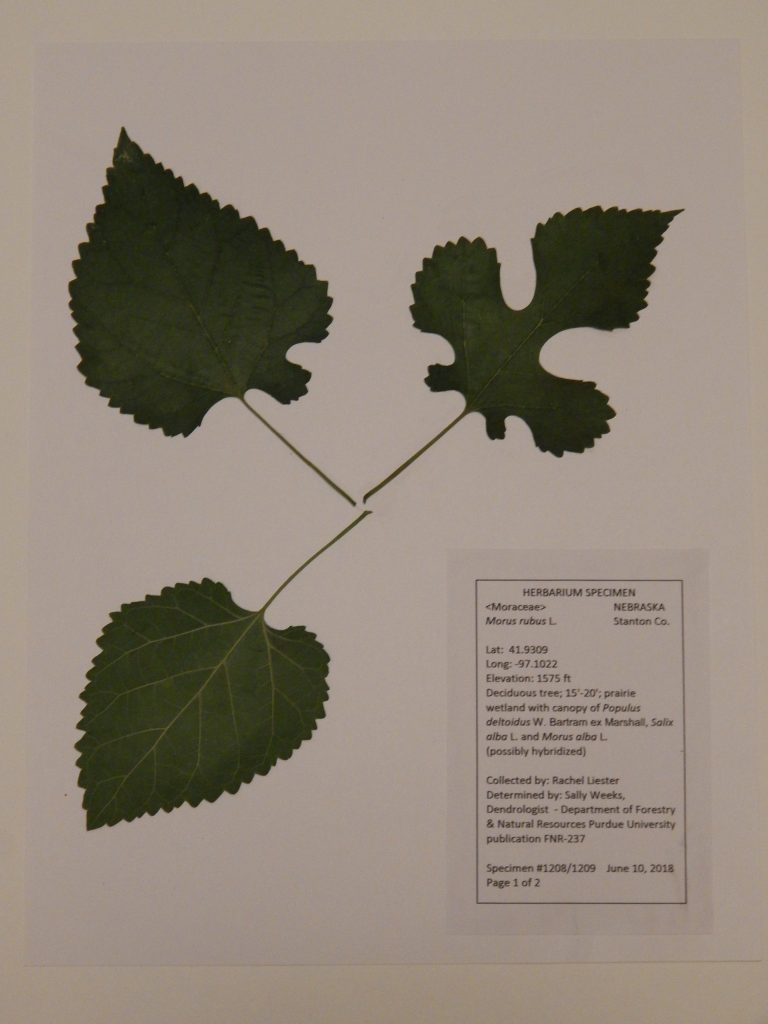
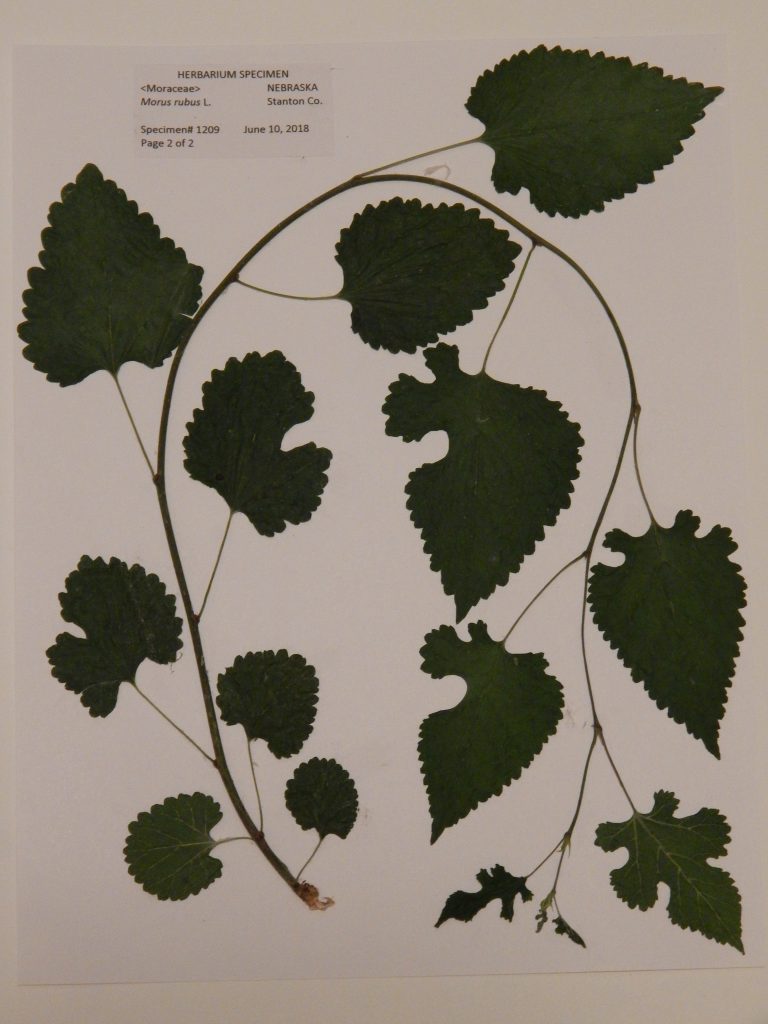
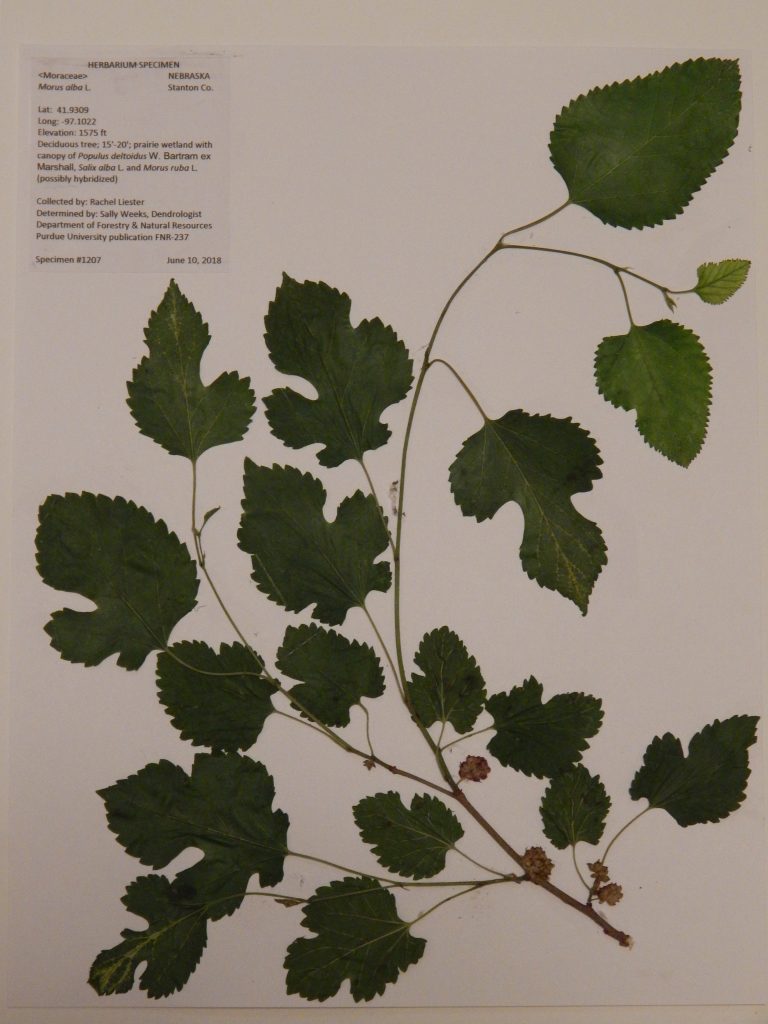
Along with the herbarium specimens, I’ve included photos of the M. alba tree from which the specimens were taken, comparison photos of the leaves of both M. alba and M. ruba and photos of a plant press I made for teaching plant science to Boy Scouts and my usual plant press.
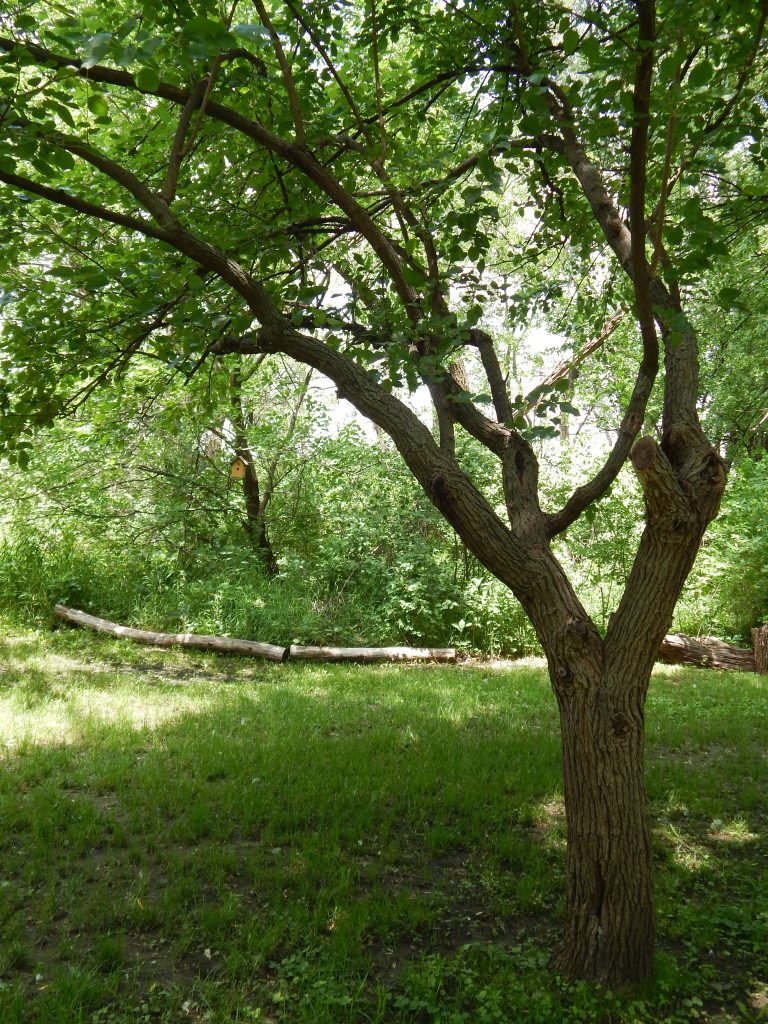

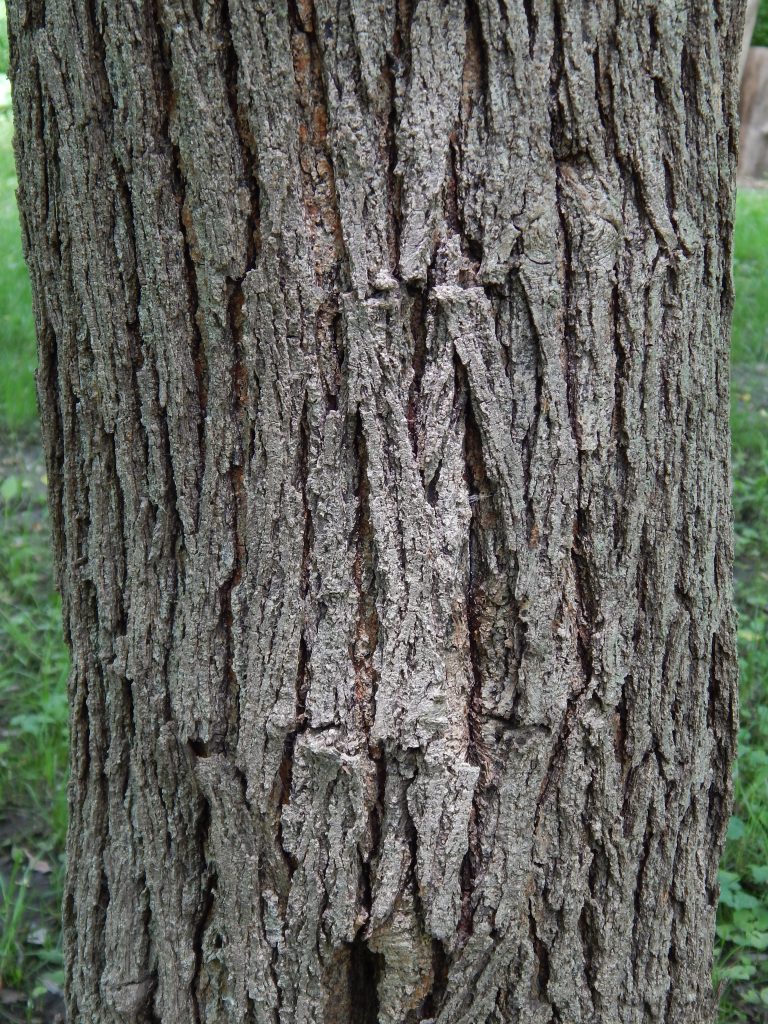

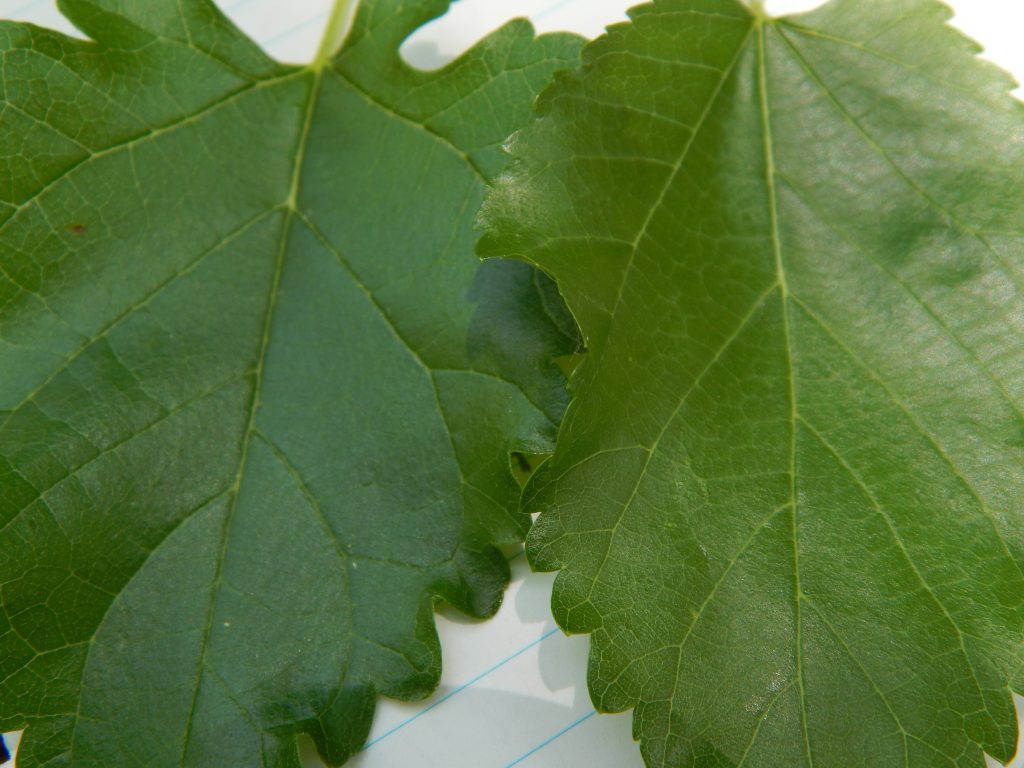
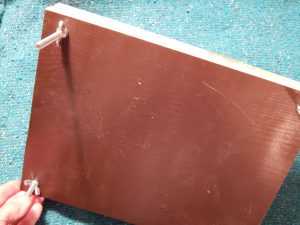


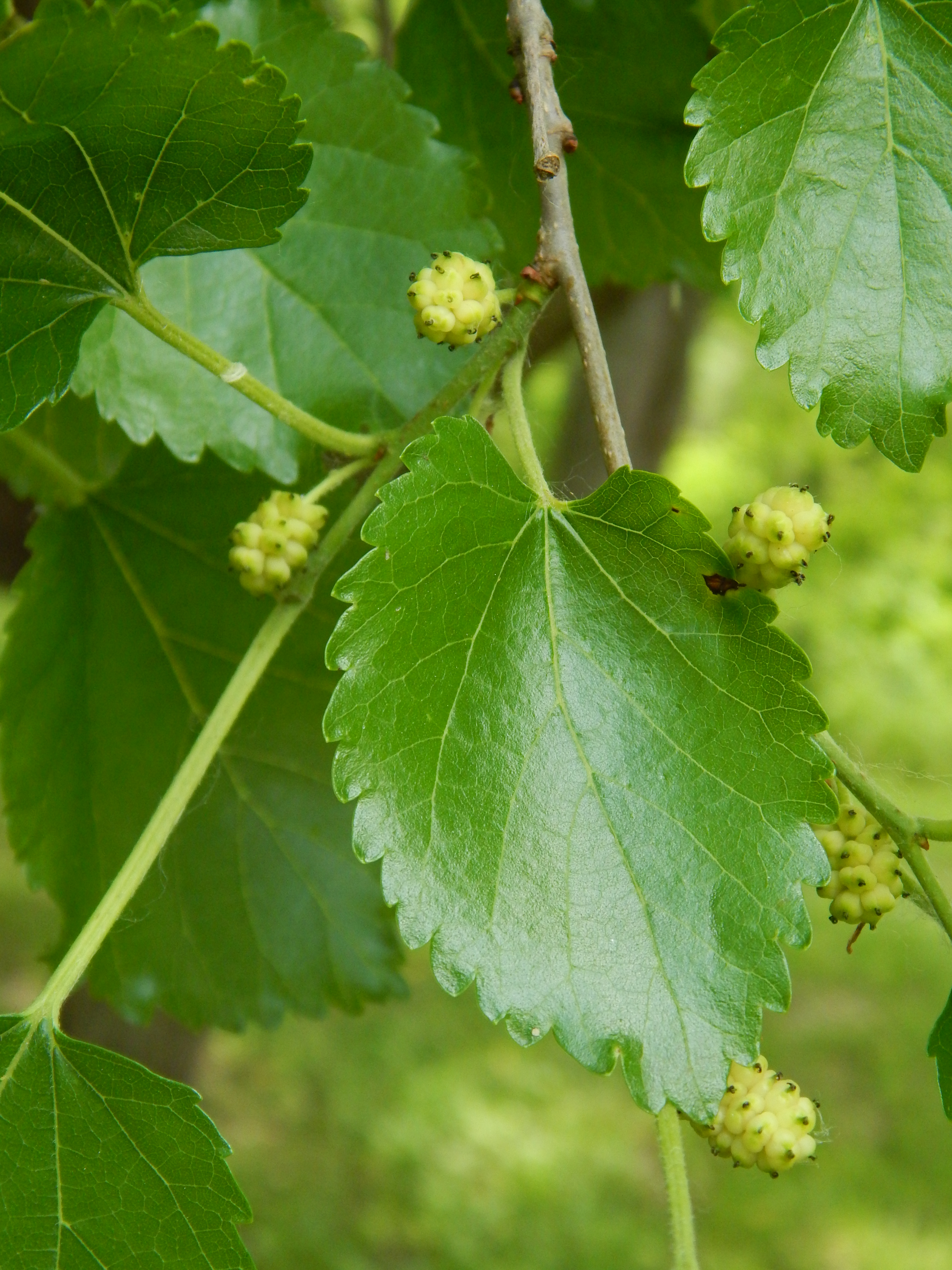
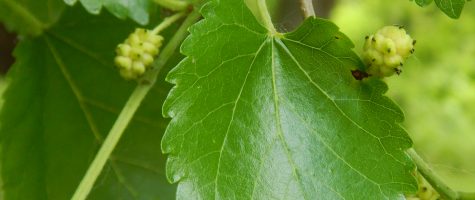
Fantastic! it’s so cool to see other types of trees as AK only sports a few, though lovely & interesting, types. i love your artsy pressing & professional labeling! so great!
Dear Rachel,
that is an excellent collection of mulberry plants! Thank you so much for sharing with the group. Well done, the last Morus alba specimen is exquisite, I would gladly accept that one into the herbarium. If you have any additional specimens (unmounted) please send them our way. It was also very interesting to read the historic details about mulberry. If you do not have this book already, I would highly recommend Economic Botany: Plants in our World by Beryl Simpson https://www.amazon.com/Economic-Botany-Plants-our-World/dp/0072909382
It has a lot of excellent information about the history of domestication of plants, their uses, chemical compounds, etc. Glad to hear you are sharing your expertise with others in the state. Great job!
Beautiful! I grew up with a mulberry tree. How did I never notice that there were three differently shaped leaves on it? Thank you for reminding me of my childhood and the belated education!
Lucia, I’ve lived with mulberry trees all around me for 25 years and didn’t notice the leaf differences until taking this class!
I’m happy I could bring back childhood memories. My grandchildren love eating mulberries from the trees here and I hope they have fond memories of them too.
Rachel, Gorgeous documentation. You have set the bar for us. What do mulberries taste like? How do you prefer to eat or drink them?Laura
Hello Laura,
I was just eating a few of the white mulberries with my grandchildren this evening. They’re sweeter, but not as juicy as the purple berries. I know folks who harvest them for jams, syrups and pies, but we just snack on them right from the trees. The best way to harvest them is to put a tarp under the tree and shake the branches. They can be messy. The birds love the berries too as is evident of the purple poop all over my car.